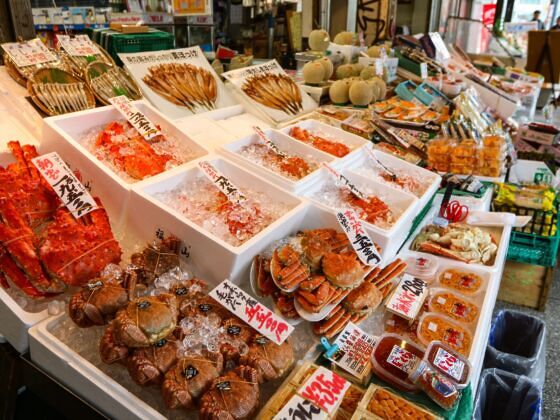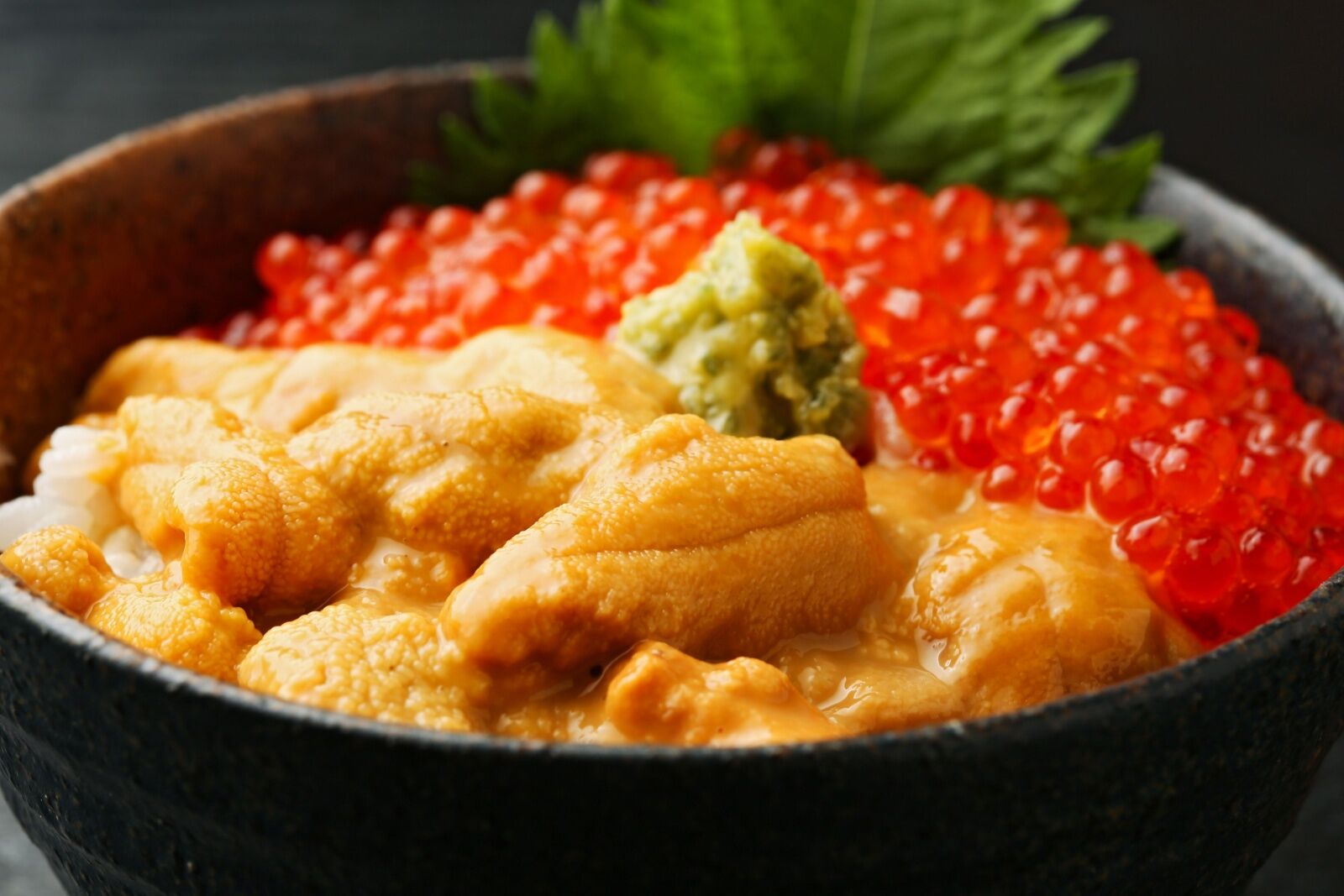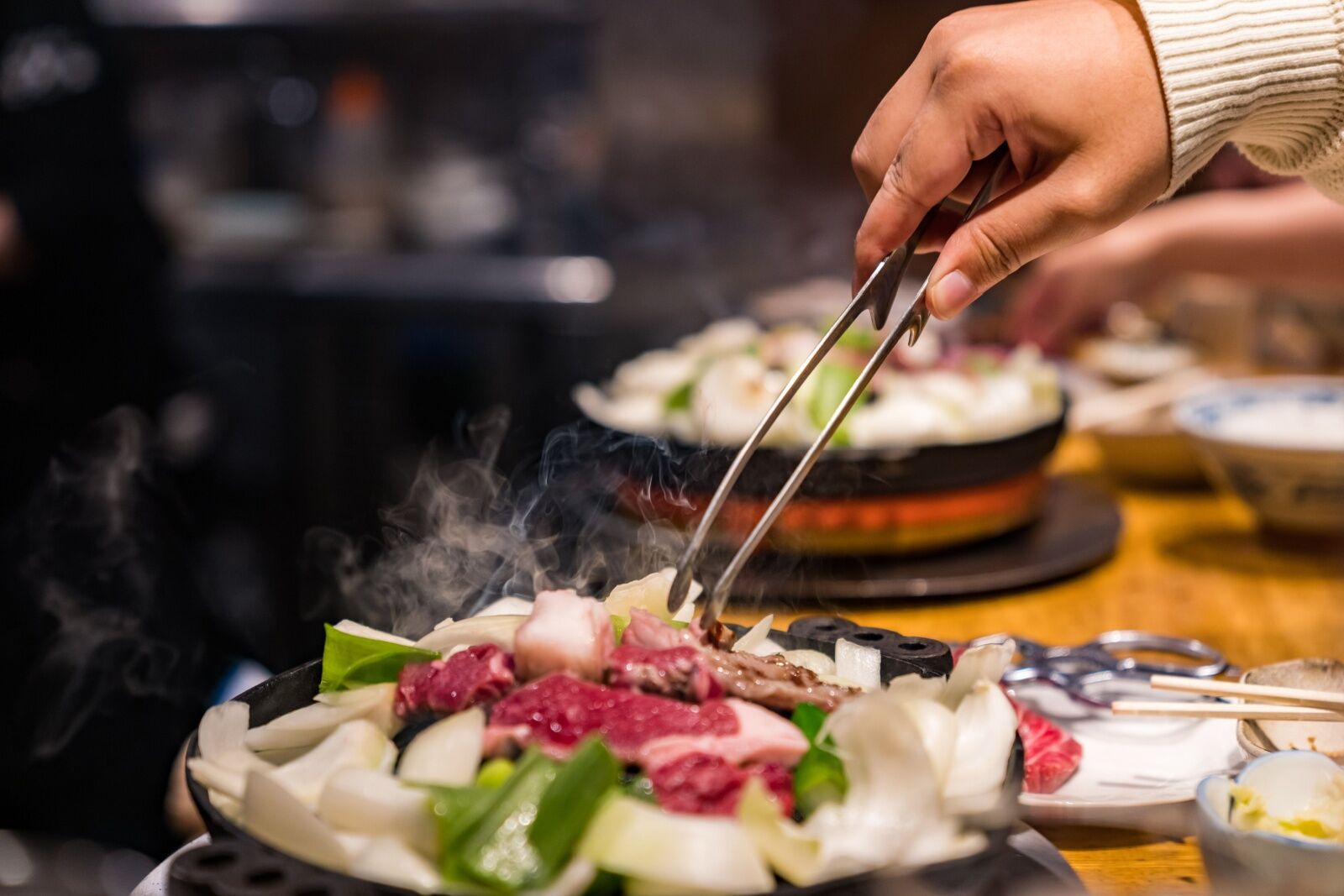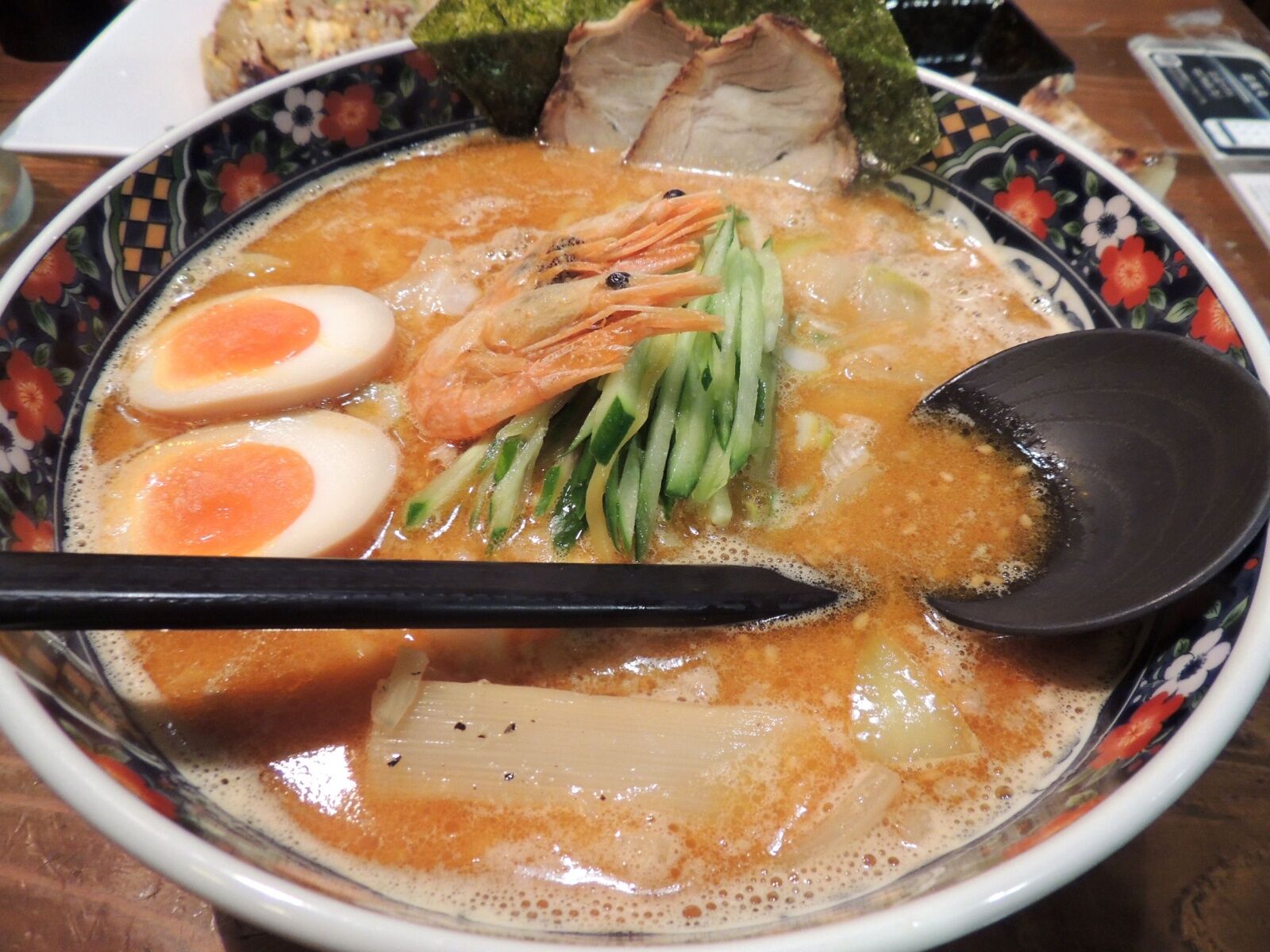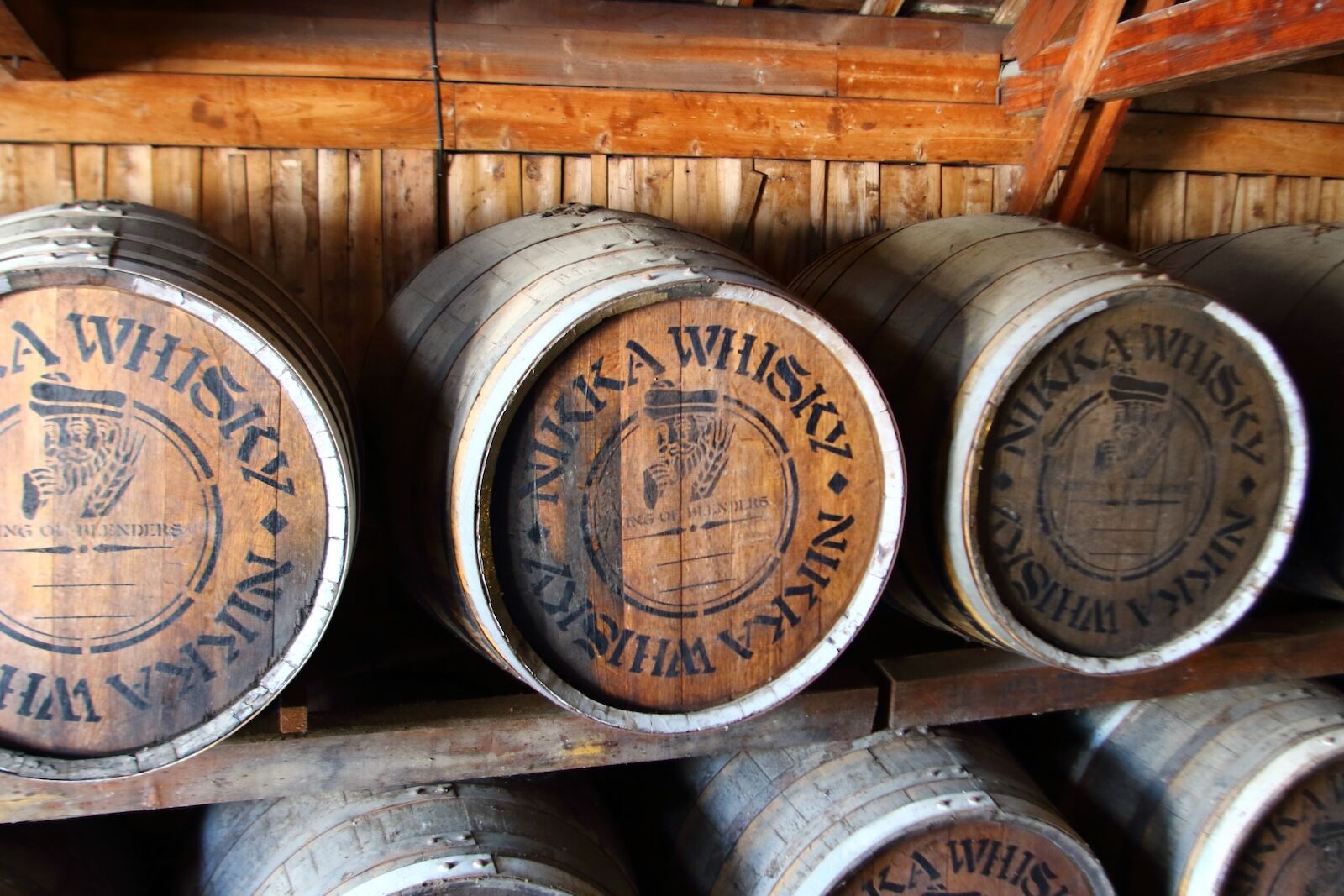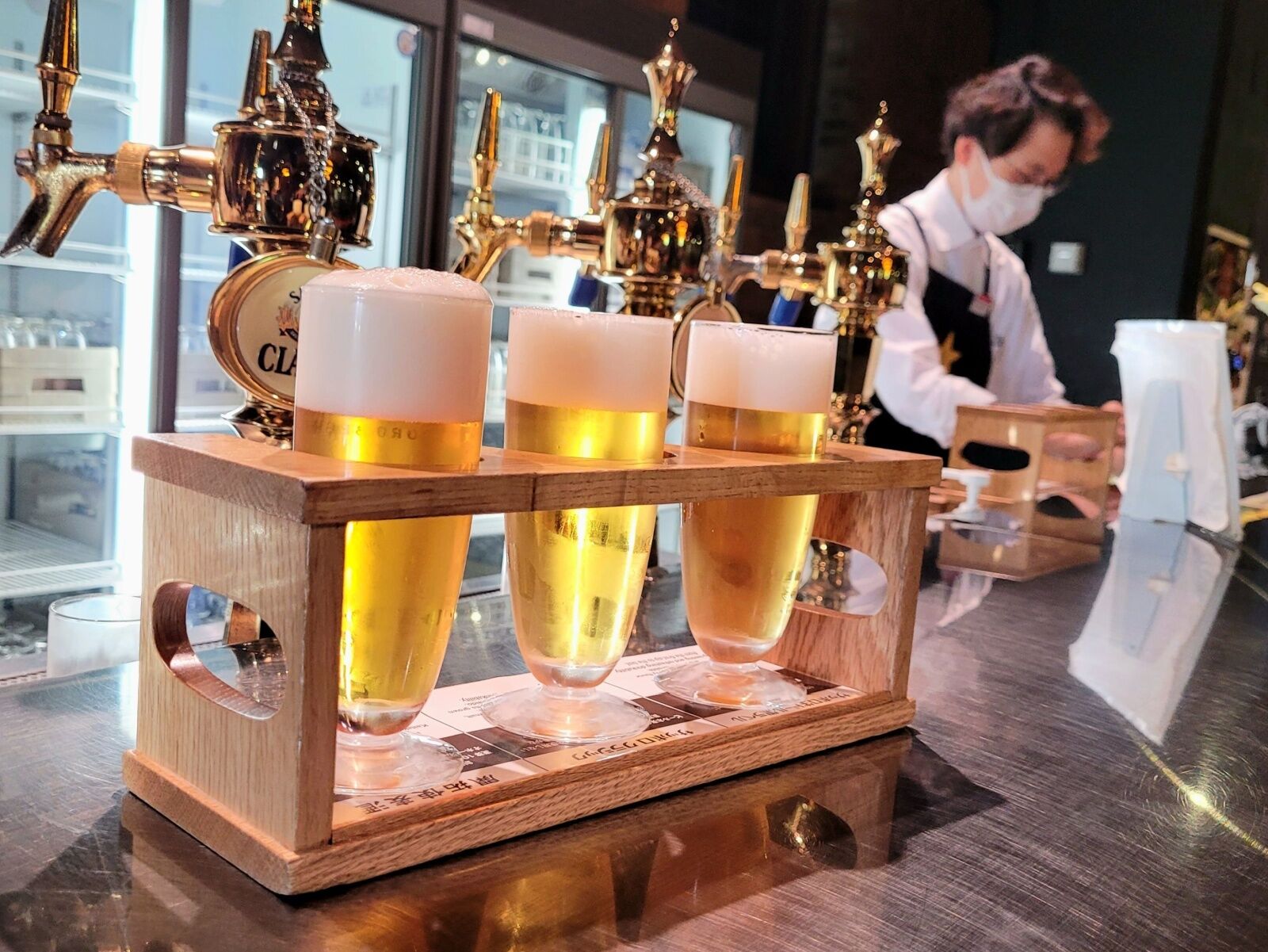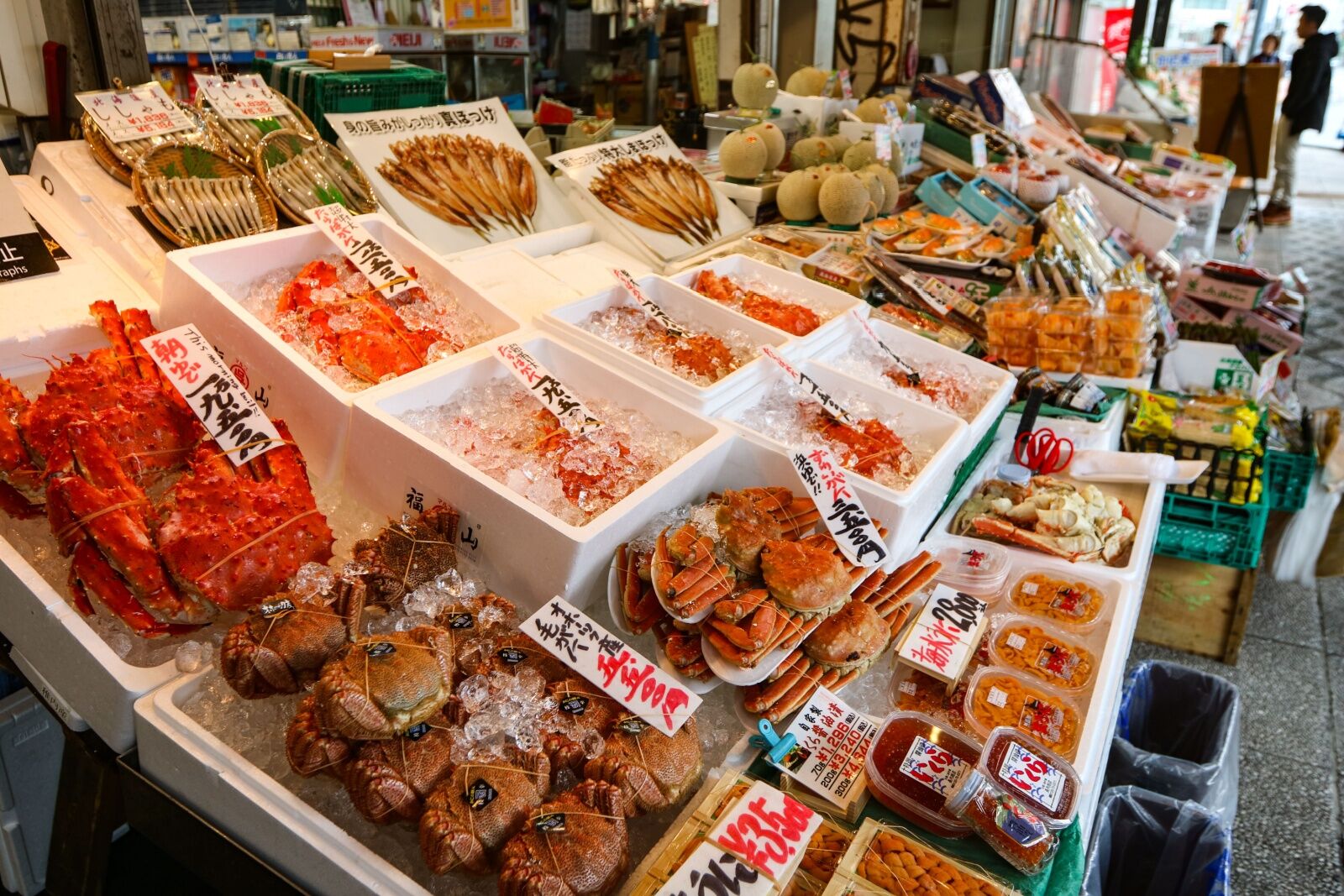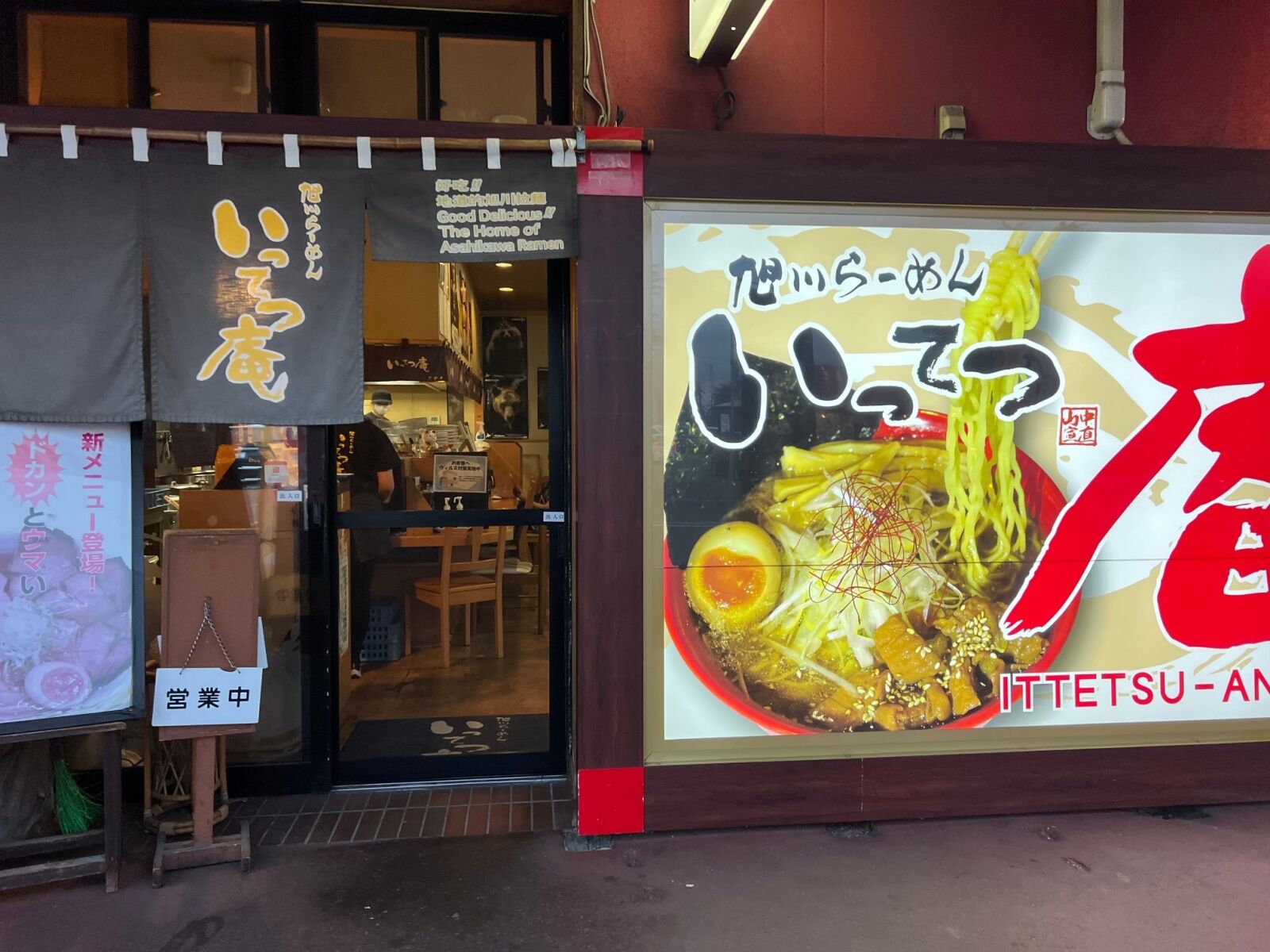When hungry travelers set their sights and appetites on Japan, it’s usually Tokyo, Osaka, and Kyoto at the top of their lists. But visitors often overlook one of the country’s greatest culinary regions: Hokkaido.
Sitting off the coast of the main island of Honshu, Japan’s second-biggest island is usually talked up for its world-class skiing and snowboarding. But it’s also Japan’s bread basket, serving as a farming, agriculture, and livestock hub home to nearly a quarter of the island nation’s farmable land. Surrounded by cold ocean water, even the seafood in Hokkaido is a cut above the rest – quite the feat in seafood-obsessed Japan. For chefs and diners alike, it’s a locavore paradise.
